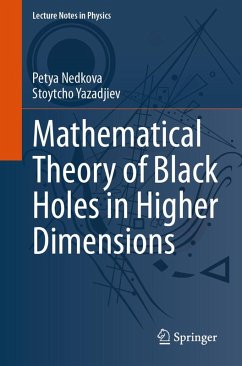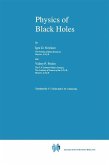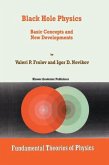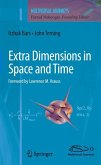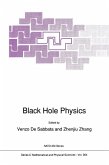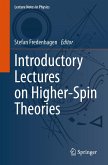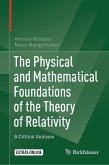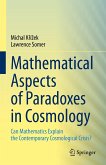The book concentrates on five-dimensional stationary and axisymmetric spacetimes in electro-vacuum and systematically introduces the most important black geometries which can arise in these settings. The authors follow the natural progress of the research area by initially describing the first results that were obtained intuitively and sparkled interest in the community. Then the elaborate mathematical techniques are introduced which allow to systematically construct exact black hole solutions. Topics like the integrability of the theory, the hidden symmetries of the field equations, the available Bäcklund transformations and solution generation techniques based on the inverse scattering method are covered. The last part of the book is devoted to uniqueness theorems showing how to classify the black hole spacetimes and distinguish the non-equivalent ones.
The book is not just a mere collection of facts but a methodological description of the most important mathematical techniques and constructions in an active research area. The discussion is pedagogical and all the methods are demonstrated on a variety of examples. Most of the book is adapted to the level of a graduate student possessing a basic knowledge of general relativity and differential equations, and can serve as a practical guide for quickly acquiring the specific concepts and calculation techniques. Both authors have contributed to the research area by their original results, and share their own experience and perspective.
Dieser Download kann aus rechtlichen Gründen nur mit Rechnungsadresse in A, B, BG, CY, CZ, D, DK, EW, E, FIN, F, GR, HR, H, IRL, I, LT, L, LR, M, NL, PL, P, R, S, SLO, SK ausgeliefert werden.

